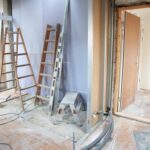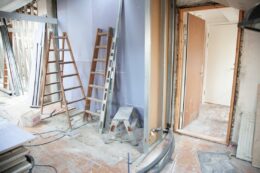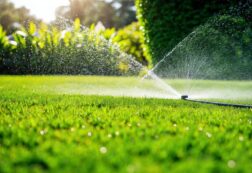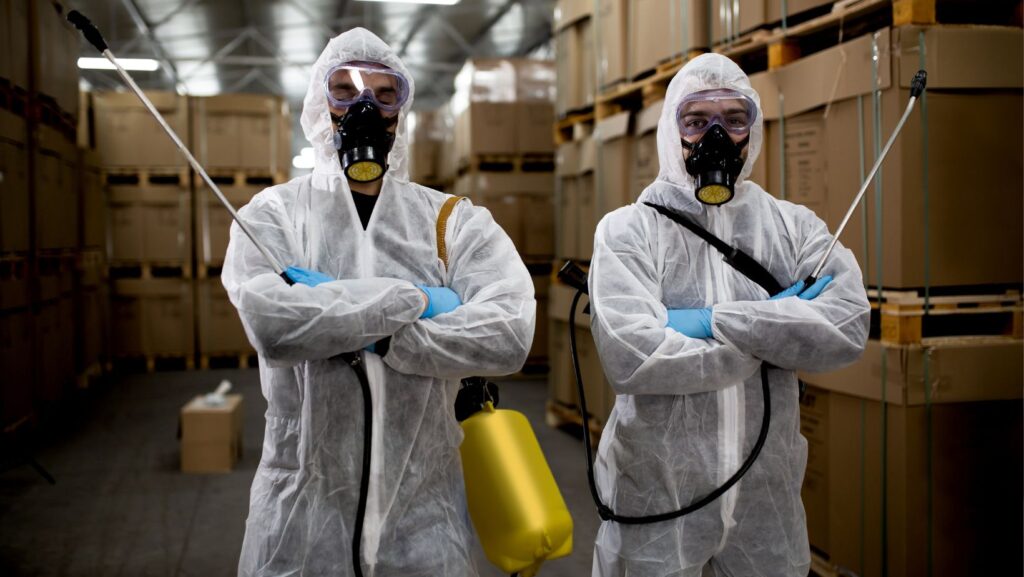
Do you wonder why pest control prices are different? Many things affect the cost of indoor pest treatment. The type of pest in your home can change the price.
Other factors like house size and treatment method also matter. Knowing these can help you choose the right service. Let’s explore the four key factors that affect indoor pest treatment costs.
1. Type of Pest
Different pests require different treatments. Some pests, like ants, are easier to treat. Others, like termites, need special methods that cost more.
The type of pest in your home can change the treatment cost. For example, cockroaches may need multiple visits, to fully remove them. More dangerous pests, like bedbugs, often need stronger chemicals and extra care.
Companies like Enviro Guard may specialize in treating certain pests. Certain pests, like rodents, may also cause structural damage, leading to additional repair costs.
Understanding the pest problem helps you budget for the right solution. Identifying the pest early can also help reduce costs and prevent further infestation.
2. Size of the Problem
The number of pests in your home makes a big difference. A small ant problem can be fixed quickly. However, a large infestation takes more time and effort.
More pests mean more materials, which adds to the cost. If the pests are hiding in many areas, this increases the treatment’s difficulty. A professional pest control service will check the level of infestation.
This helps them decide the best way to remove the pests completely. Some infestations, like those involving termites, might require extensive inspections, including checking the foundation and hidden spaces.
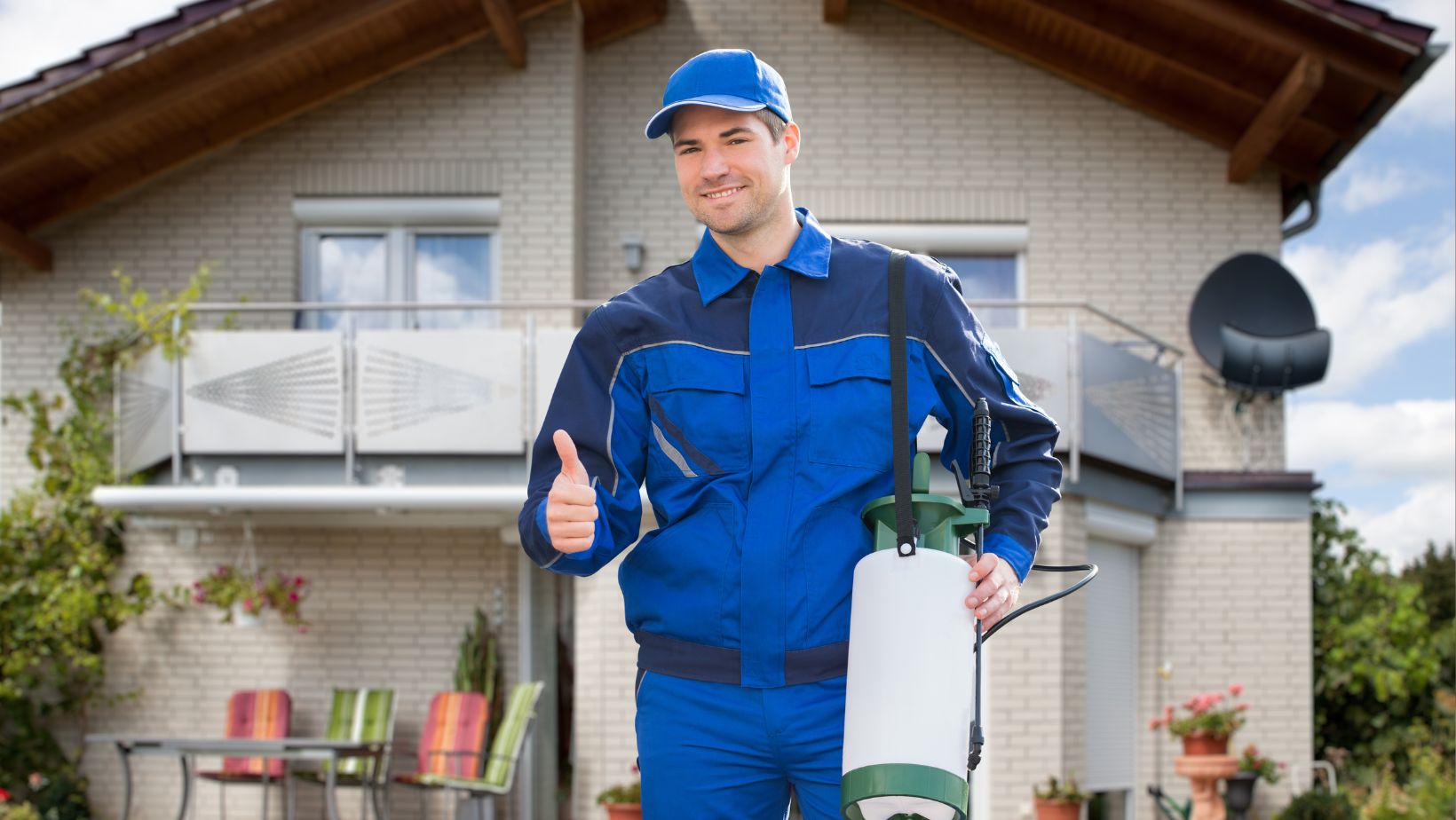
Large problems often need follow-up visits to ensure the pests are gone for good. Early detection is key to keeping the size of the problem manageable.
3. Size of Your Home
The size of your house impacts how much treatment is needed. Bigger homes take longer to inspect and treat. A larger space may need more chemicals and equipment.
Small apartments may cost less because they require fewer materials. If pests are found in hard-to-reach places, like attics, costs might go up. Companies like Enviro Guard often provide customized plans based on home size.
Multi-story homes or those with basements may need extra time and resources. Large outdoor areas, like gardens or patios, can also increase the complexity of the treatment. Knowing your home’s size helps in estimating treatment costs.
4. Type of Treatment
Different treatments have different costs. Simple methods, like traps, may be less expensive. Advanced treatments, like fumigation, are often more costly.
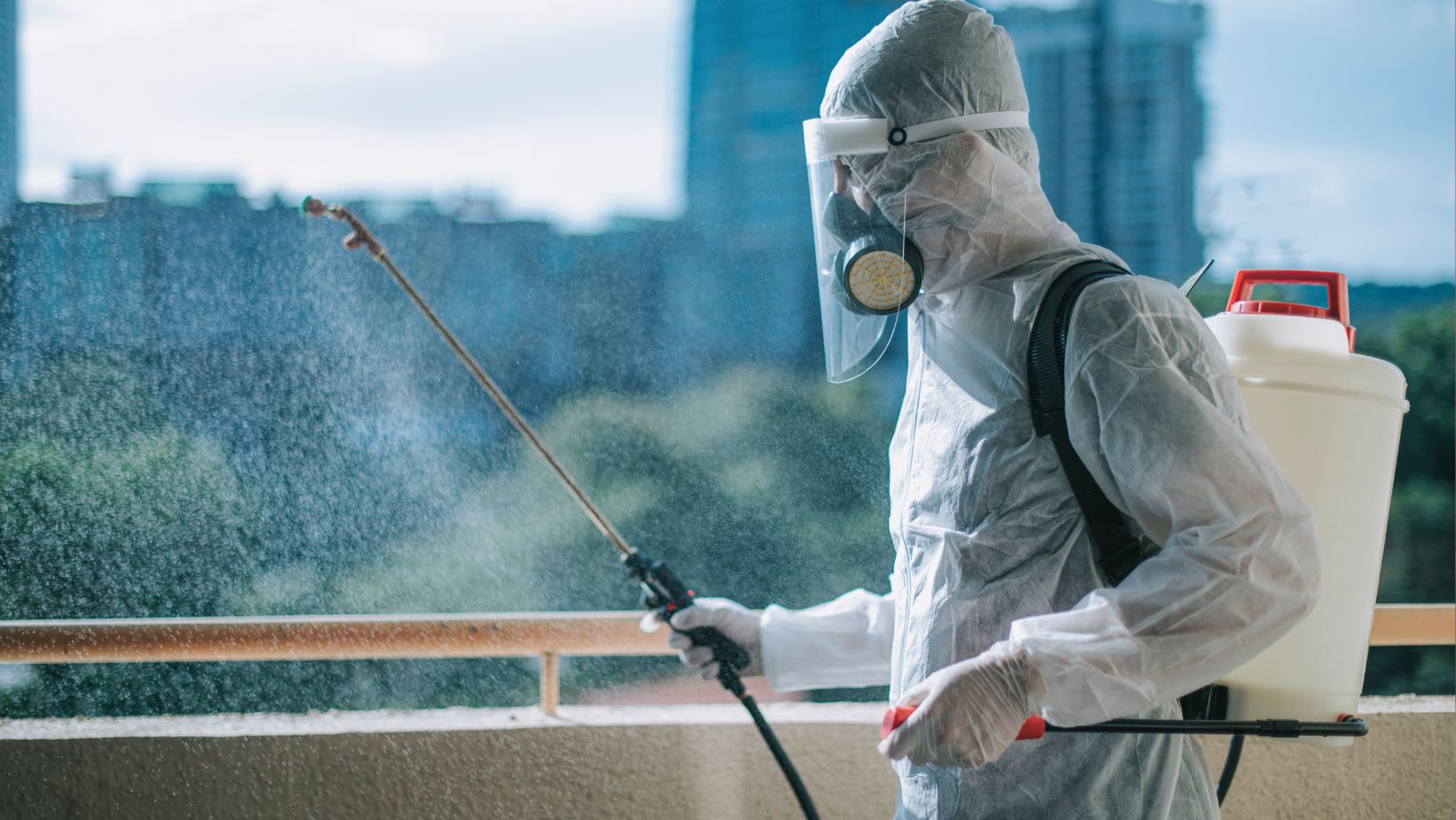
The type of pest affects which method is needed. Eco-friendly treatments may cost more but are safer for your family. Some treatments require follow-up visits, adding to the cost.
Professional pest control services will explain the options and their prices. Chemical treatments may need specific preparation, such as vacating the home, which can add to overall costs.
Heat treatments for bedbugs or termites are effective but may require specialized equipment. Understanding the pros and cons of each treatment type helps you choose the best option for your budget and safety.
Learn the Factors Affecting Indoor Pest Treatment Costs
Indoor pest treatment costs depend on several important factors. The type of pest, home size, and treatment method all matter.
Hiring a professional pest control service ensures the pests are removed safely. Some companies offer helpful options for pest problems.
Always understand the issue before choosing a treatment plan. This will save you time and money in the long run.
Did you find this article helpful? If so, check out the rest of our site for more informative content.


